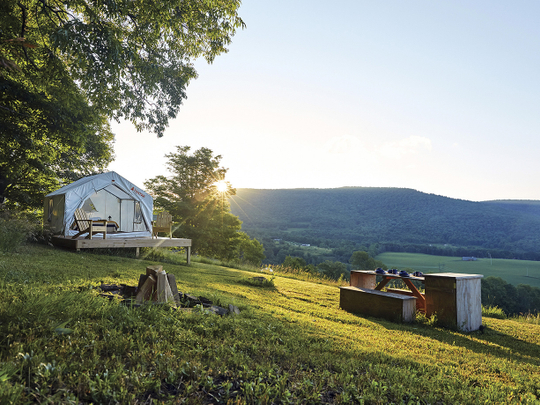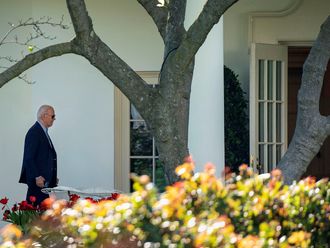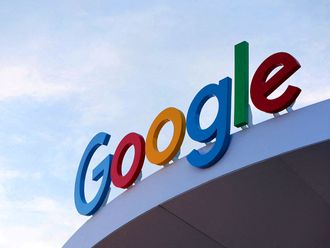
New York: If you are planning to spend the last weeks of summer sleeping under the stars, you will not be alone.
A new wave of campers is taking to the great outdoors, though you might not find them in A-frame tents. They are in tree houses and Airstreams, king beds and plush robes, prompting campgrounds to install Wi-Fi, and inspiring start-ups to build hotel-calibre apps and websites for discovering and booking campsites with zip lines and fine food.
“There seems to be a big resurgence in getting outdoors and camping,” said Toby O’Rourke, the chief franchise operations officer for Kampgrounds of America, one of the world’s largest privately owned networks of campgrounds. “That’s largely being driven by millennials.”
About 13 million households in the United States planned to camp more this year than last year, according to research conducted by Cairn Consulting Group for Kampgrounds of America. More than one million new households have started camping each year since 2014, the company said, adding that millennials are now about 38 per cent of the 75 million active camper households in America, up from 34 per cent last year.
Kampgrounds has been experiencing year-over-year growth for several years, yet last year was the best in its 57-year history. And it expects this year to top that.
“What we’re seeing are some of the 75 million millennials who are living in major metropolitan areas shunning purchases of houses and automobiles in favour of experiences,” said Michael D’Agostino, the founder and chief executive of Tentrr, which he described as a rural version of Airbnb.
Through its website and iPhone app, Tentrr allows users to book at least six hectares of private land and a fully equipped campsite that includes lounge chairs, a queen-size cot, a picnic table, a stone fire pit and a large canvas tent (already set up, of course). The idea is to make camping “as accessible and as easy as booking an Uber to LaGuardia,” D’Agostino said. “And I think that resonates with millennials who are used to experiences on demand, whether booking a car or a flight.”
Camping — historically an “older, Caucasian, empty-nester-type activity” as O’Rourke put it — is attracting younger, more diverse individuals and families with hectic schedules and disposable income who are seeking healthy ways to de-stress.
But not on just any patch of grass. The campground atmosphere matters. They want nice patios, food service, seating areas and fire rings for groups, which, O’Rourke said, is typically how millennials travel. The average number of people they go camping with? Ten, O’Rourke said. They want activities like hiking, kayaking and mountain biking. They also want to surf — the internet, that is.
Despite the challenges and cost of bringing free Wi-Fi to a campground, O’Rourke said it has become important, and that Kampgrounds is trying to make sure that all of its sites have strong Wi-Fi. People will camp on average two days longer, she said, if they can access their email.
“No one really truly disconnects,” she said.
Campers also want to stay connected so that they can use stargazing apps, go geocaching, and look up recipes and things to do in the area.
D’Agostino said that Tentrr is in the process of engineering a Wi-Fi system so that by 2018, some 90 per cent of its campsites will have Wi-Fi. After all, he said, even if you do not want to check email, you might want to listen to Spotify around the campfire.
In addition to Wi-Fi, campgrounds are investing in enhancements like swimming pools and zip lines, and novel places to sleep like tepees and glamping tents. These sorts of unique accommodations are blossoming throughout the country, along with slick apps and websites to find them.
AutoCamp offers luxury camping in Airstreams (with amenities such as bathrobes and a French press) and tents and huts in California. Collective Retreats, a start-up based in Denver, offers luxury tents with chandeliers, king beds and Turkish towels. The website Hipcamp allows users to search and book campsites on ranches, farms, vineyards, nature preserves and public camping areas throughout the United States, with accommodations that include tents, tree houses, yurts, Airstreams, RVs and glamping tents.
Users can search by destination and filter results by things such as pricing, group size, amenities (showers, toilets, picnic tables), terrain (forest, hot spring, waterfall) and activities (climbing, surfing, white-water paddling). And at Getaway you can rent tiny houses in the woods outside Boston (in New Hampshire) and in New York that include burner kitchen stoves, showers, toilets, full-size sinks, mini-fridges, kitchen tools and wireless speakers. A recent search found autumn nights at a cabin for two in New York for $99 (Dh360) to $129 a night.
In general, experts say interest in camping has been buoyed by low gas prices and favourable interest rates, which have allowed people to finance big-ticket items like RVs (sales have been robust). The NPD Group, a market research company, said sales of tents and camping gear crested last summer amid a camping boom helped by lower gas prices and the continued shifting of consumer mindsets toward spending on experiences instead of material things.
Yet for a certain ilk of would-be campers, material things make the experience more alluring. Take Happier Camper, which makes the HC1, a curvy, ultra-lightweight travel and utility trailer that sleeps up to five people (base price is $18,950). There are panoramic windows, and the rear hatch flips open to let in the outdoors. Prefer to sleep closer to nature? Tentsile tree tents can be hung between trunks so you can travel with your very own treehouse (from $450 on the company website).
For something more down to earth, there is Lotus Belle’s new Air Beam Bud ($1,200), an inflatable glamping tent that is roomy enough to fit a queen-size bed.
You can hardly blame a backcountry purist for scoffing at glamping, fancy fireside dinners, tents with no assembly required and apps that allow you to order firewood on demand.
Yet at the end of the day, D’Agostino said it’s not about deluxe accoutrements. A former investment banker in New York City, he said that for years, his life was largely not his own.
“The delight, in my experience,” he said, speaking from somewhere in the Catskills, “is coming from that nostalgia that we all have for sitting around a campfire and watching a shooting star.”












